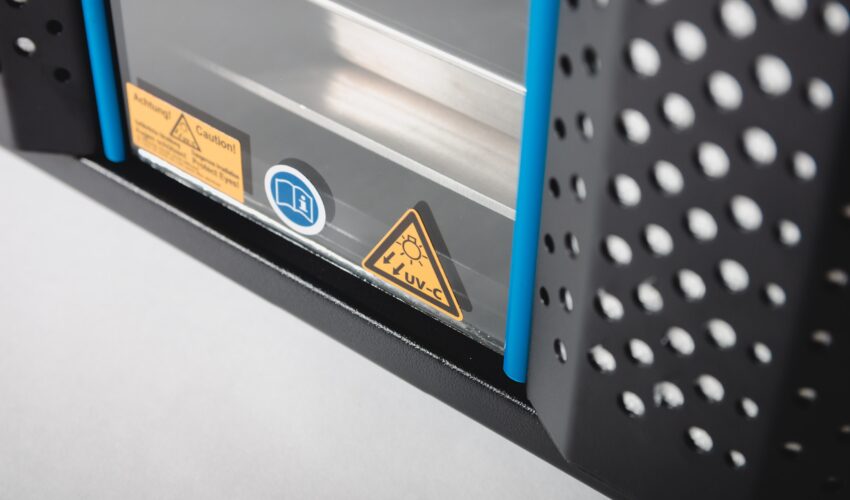Ultraviolet (UV) lights for HVAC systems are commonly known as ultraviolet germicidal irradiation (UVGI) systems. UVGI systems produce the same ultraviolet light that’s present in sunshine, and they are touted to “sanitize” your indoor air and the HVAC equipment. It sounds like a great idea in theory, but the claims don’t stand up to scrutiny.
If the goal is to improve your indoor air quality, there are less expensive and more effective ways to achieve it. Before you invest in expensive equipment, let’s explore the pros and cons of UV HVAC lights.
Pros
- Help to control new mold and bacterial growth
- May reduce smells/odors
- May reduce clogging in condensate drain lines by preventing algae growth.
- Maintain a cleaner coil, improving cooling efficiency, and reducing electricity costs.
Cons
- Destroy non-UV stabilized plastics in the air handler. Only items in the line of sight are affected
- May destroy the drain pan in 3-5 years
- May break down the flex duct in as little as 2 years
- Dust quickly builds up on the UV bulb so it needs to be cleaned often to ensure its effectiveness and with UV light being harmful to humans, make sure the system is off before you maintain it
- UV light is great against mold mildew bacteria but not very effective with viruses
- UV light does not filter air, it just kills off the particulates so you still need to use filters
- UV bulbs are short-lived and need to be replaced yearly
- The system itself ranges in price from $300 to upwards of $1000. Pair that with replacement bulbs costing anywhere from $50-$250.
Verdict
While a UV light may help sufferers of breathing problems by destroying mold and mildew growth, HVAC UV lights are costly to install and upkeep, and will ultimately cause the need for HVAC repairs due to damage. There are more cost-efficient ways to improve your indoor air quality that won’t destroy your system components:
- Clean and/or replace your filters regularly. Your first line of defense against airborne microorganisms is your HVAC filter, which is designed to trap particles before they enter your HVAC unit (and before the air is redistributed throughout the home). It’s recommended that average homeowners change their air filters *at least* every 90 days or more often if they own pets or produce more particles than average.
- Consider high-MERV filters. Filters are rated on a MERV scale, which stands for Minimum Efficiency Reporting Value. if you seem to have trouble with your indoor air quality, or if you’re interested in preserving the best possible breathing conditions, a high-MERV filter (17 to 20) may be better.
- Seal your ductwork. If you’re trying to improve your air quality, make sure you inspect your ductwork.
- Keep your house clean. Your filters and UV lights will be doing a lot of heavy lifting, but don’t make them work harder than they have to.
If you are struggling with poor indoor air quality, or have more questions about UV HVAC lights, please reach out to us today! Here at North East Air Conditioning and Plumbing, we want the best for you and we’re always happy to come up with a plan to improve your HVAC experience.


